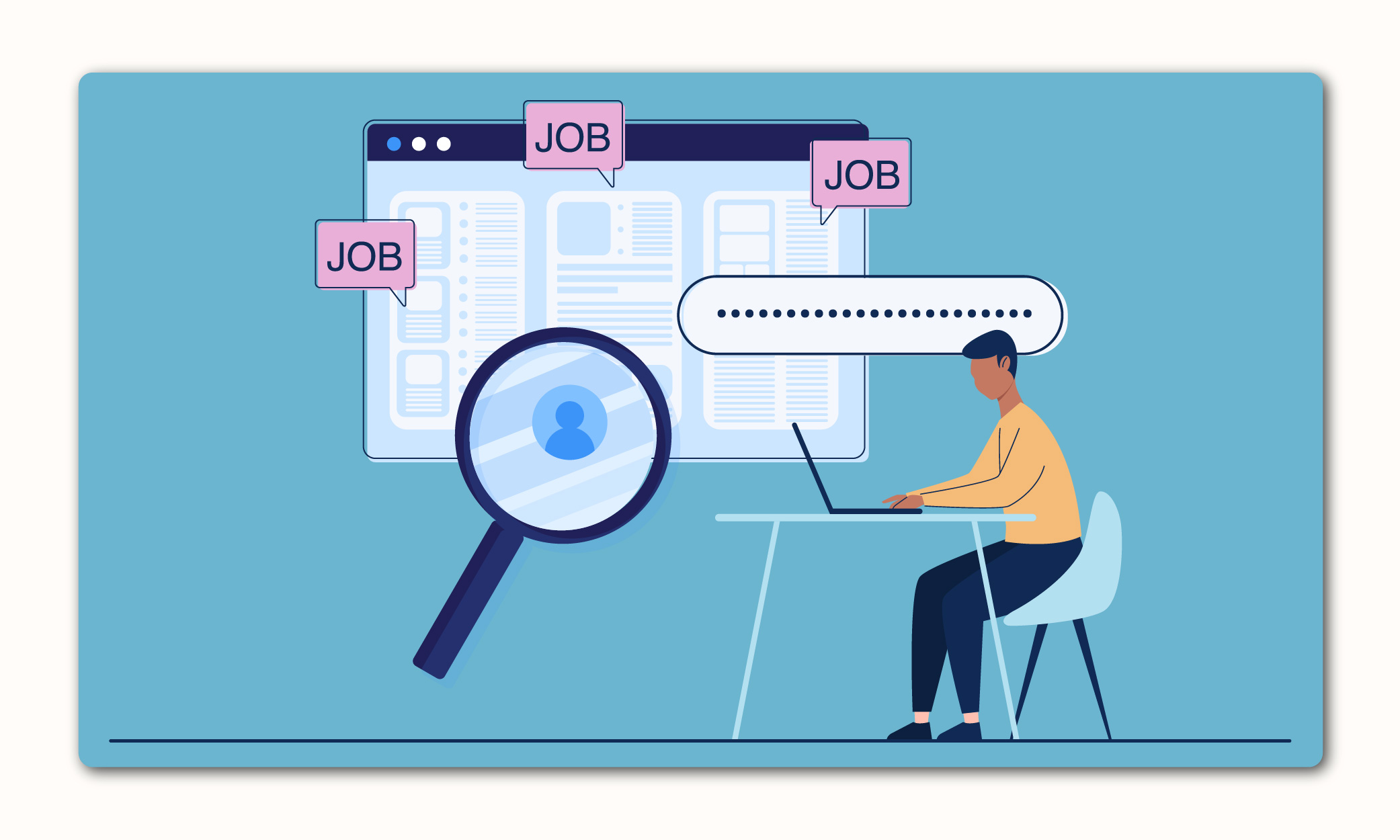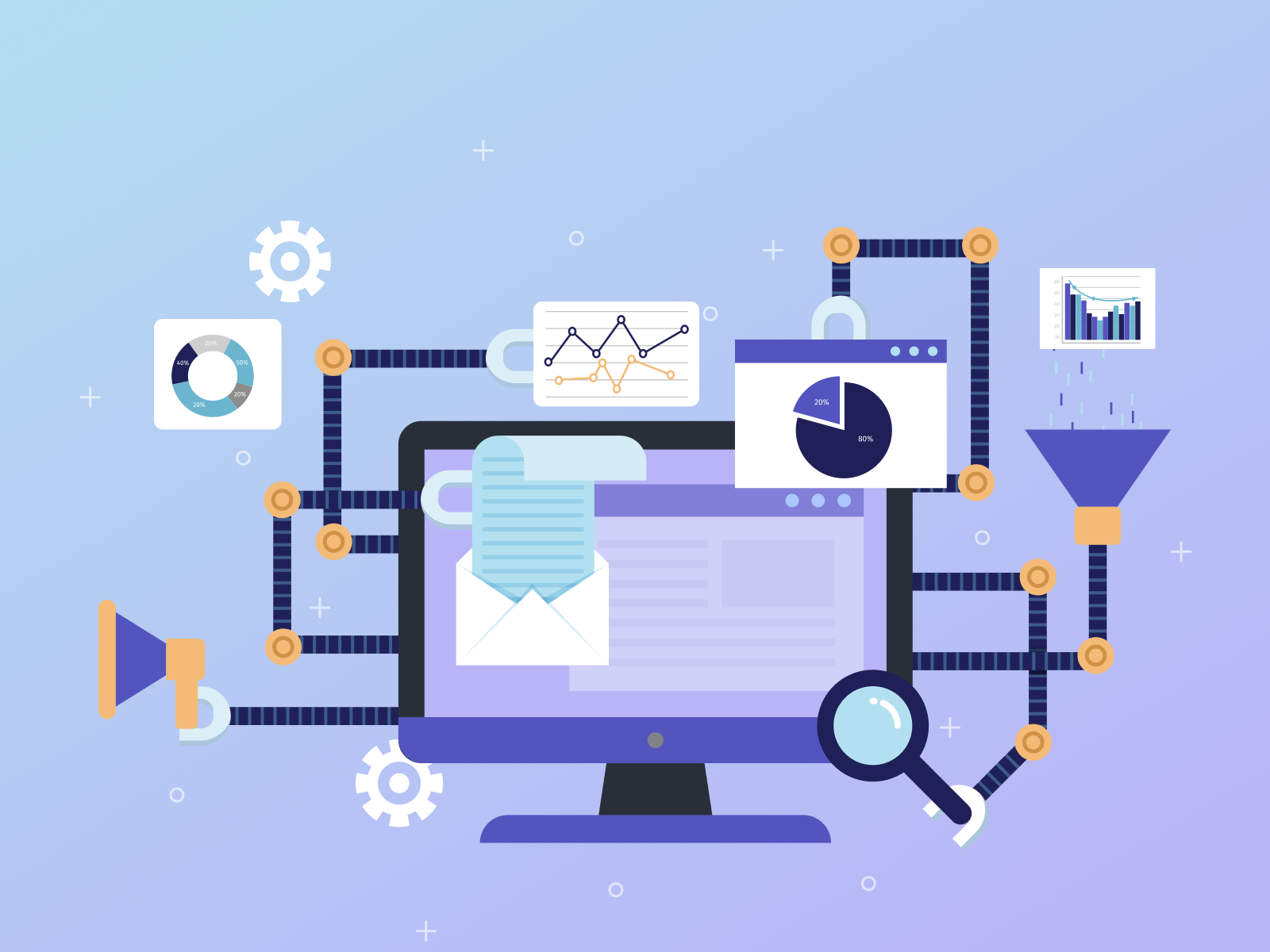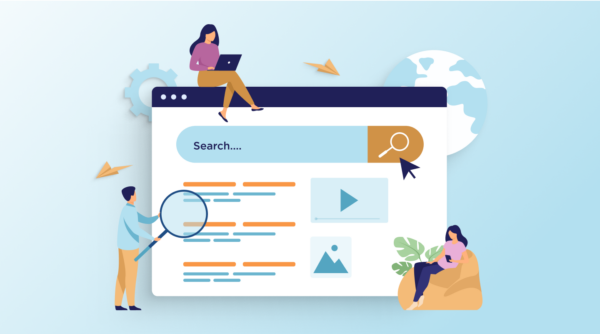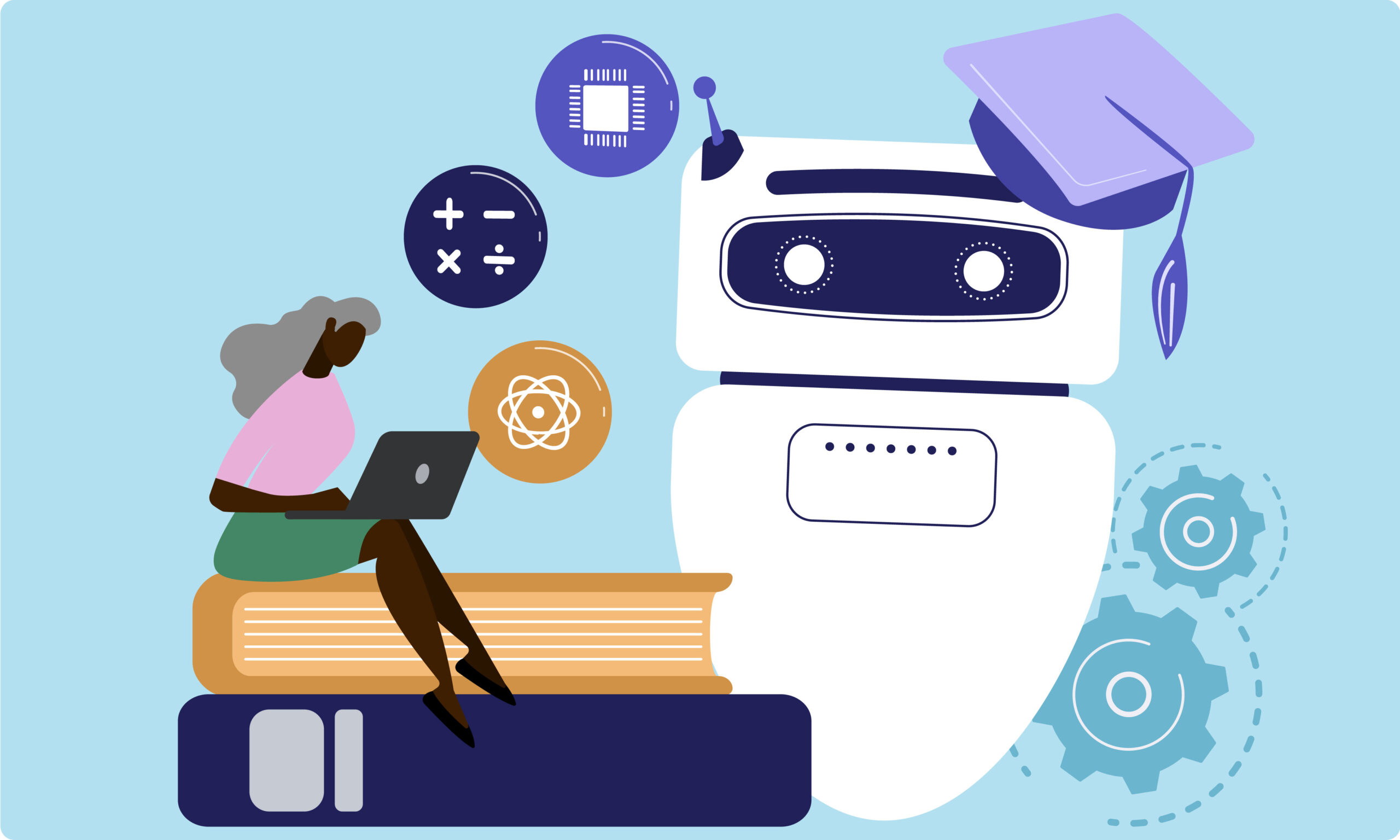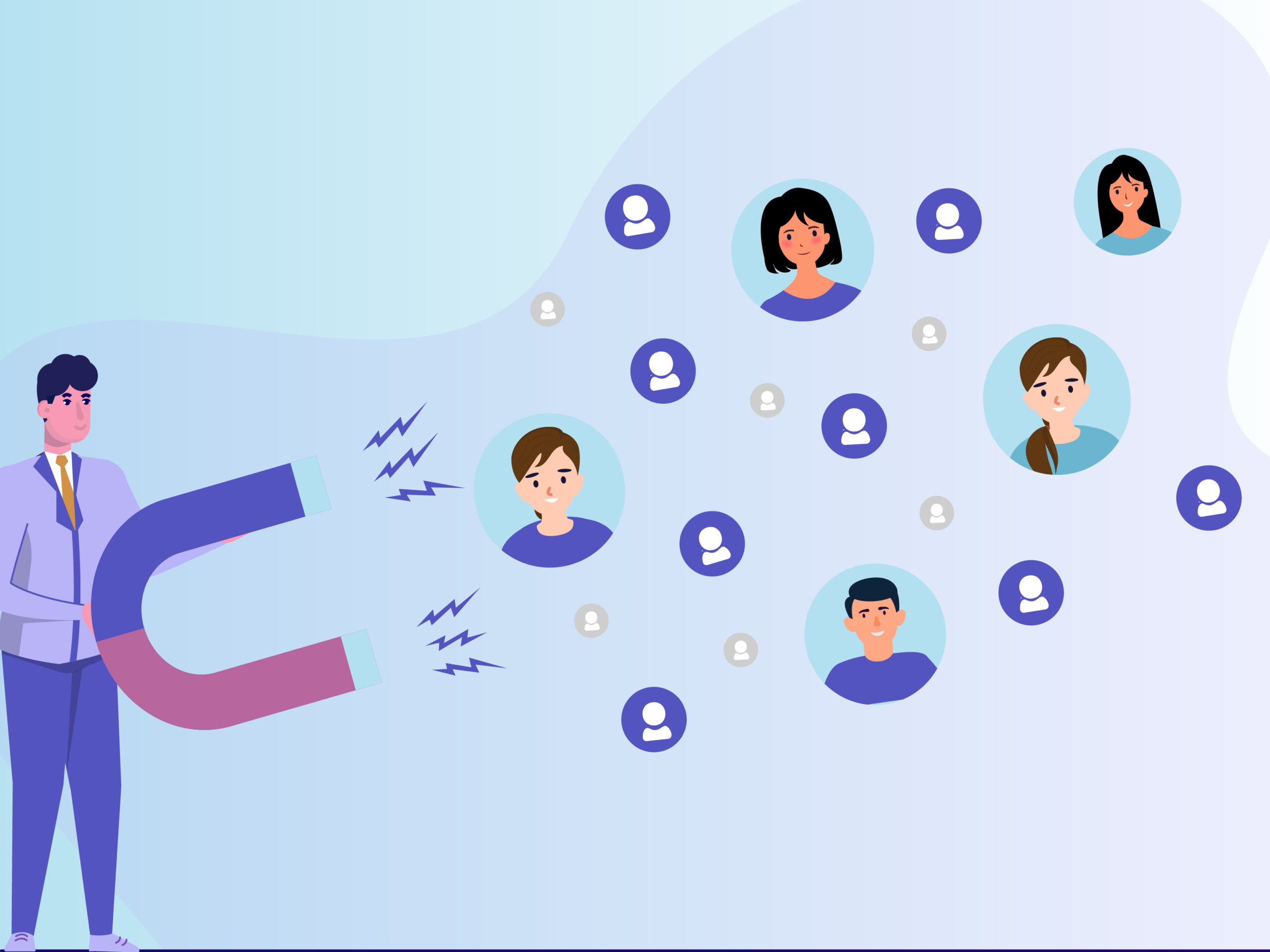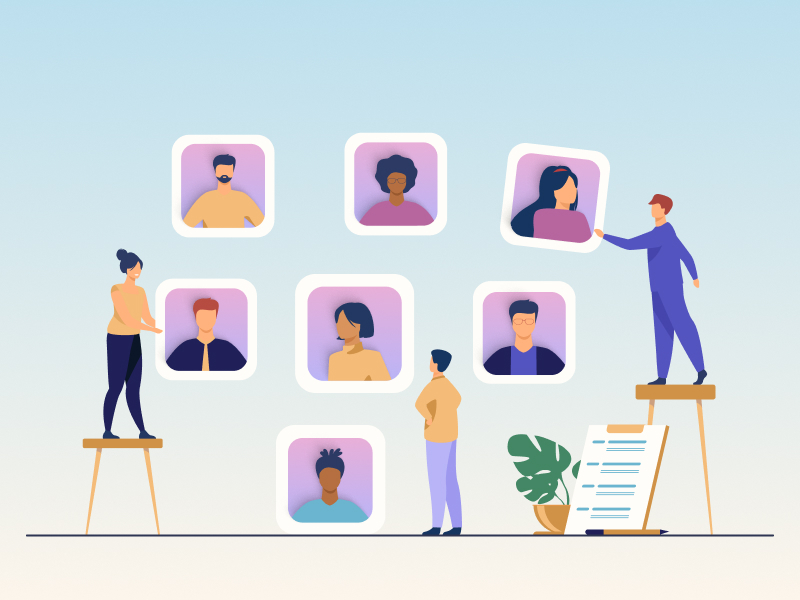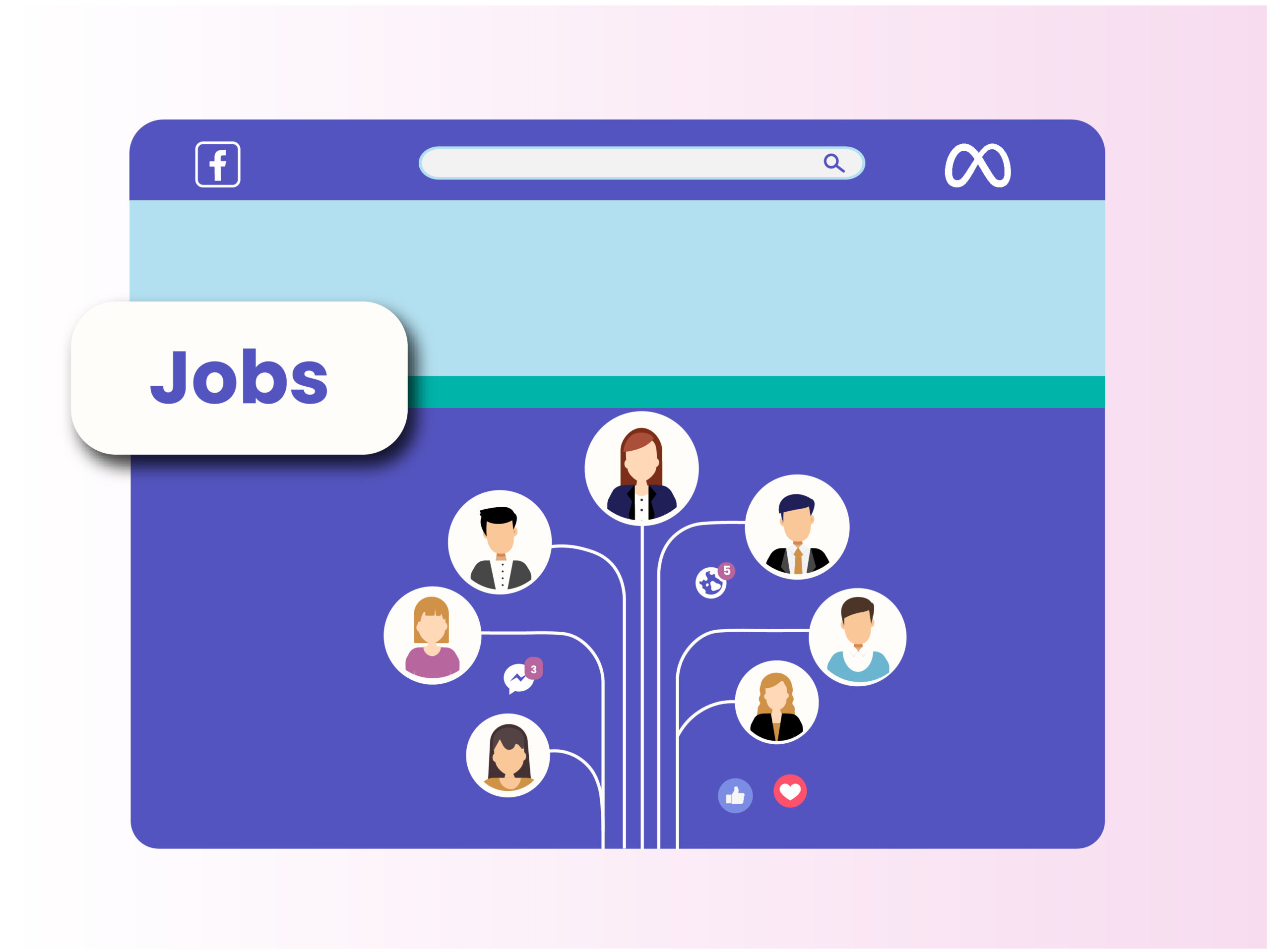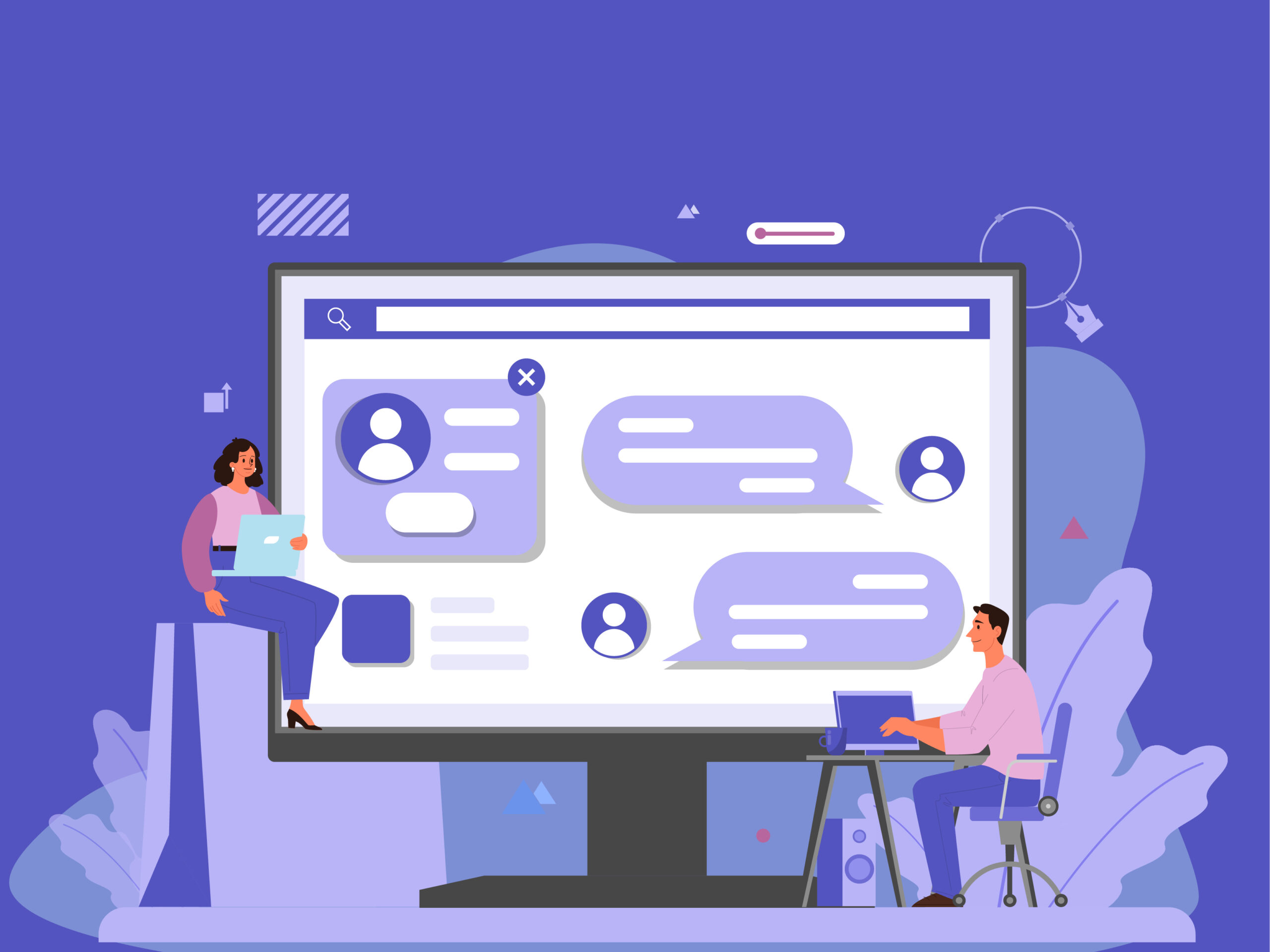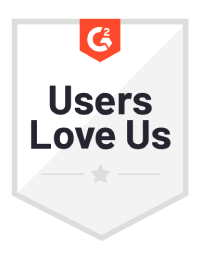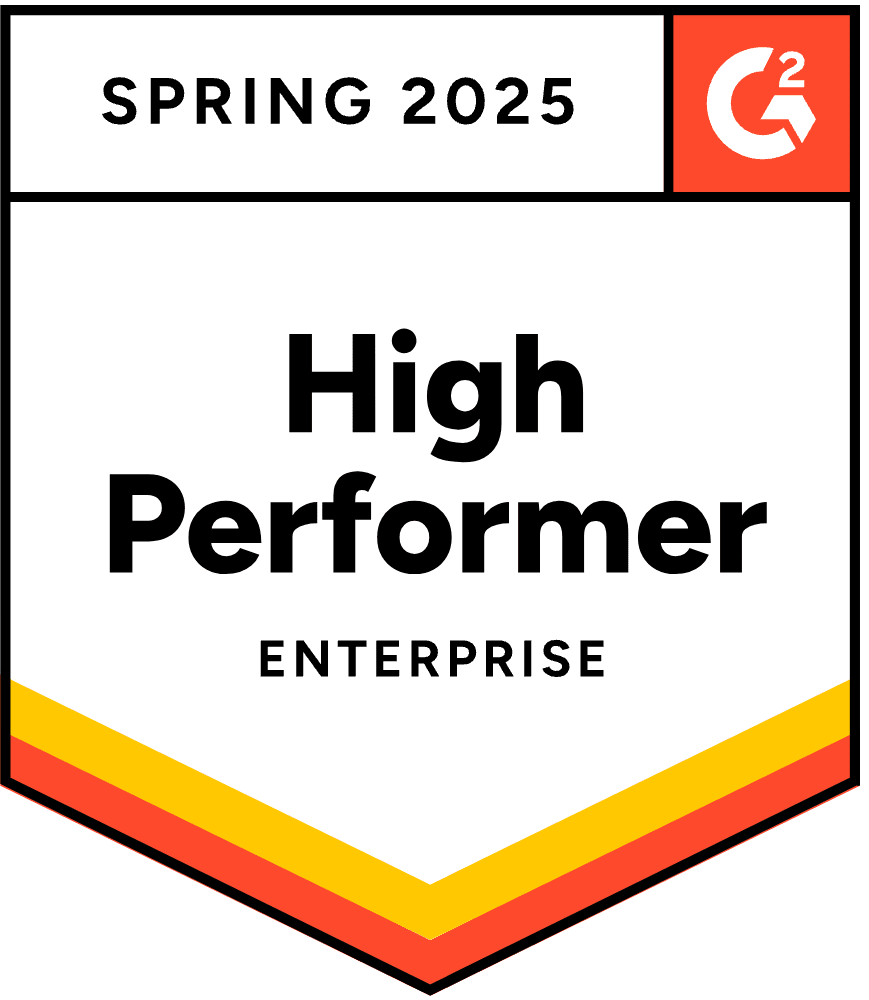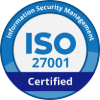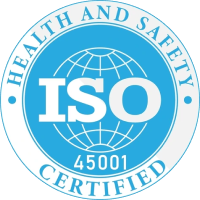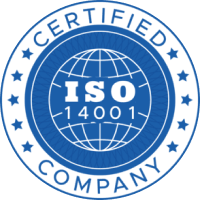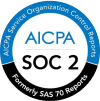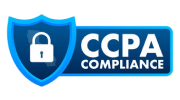Introduction
Recruiting is one of the most crucial tasks in any organization – and for good reason. The people you bring in aren’t just filling roles; they’re the ones who will build the company, spark innovation, and lead it to success.
But recruiting has become increasingly challenging and often feels like an uphill battle: the never-ending stream of resumes and frantic follow-ups, all under the constant pressure to deliver faster and better results – it’s a lot. As recruiters, you’re carrying the weight of an organization’s growth and success on your shoulders while filling open positions.
The good news? The world of hiring is evolving, and with it the tools and strategies to tackle these challenges head-on. Imagine attracting top talent with pinpoint accuracy, syncing job openings automatically to ensure they’re everywhere they need to be, and letting AI do the heavy lifting when it comes to screening candidates. And when it’s time to engage, you’ll have personalized messages reaching candidates at just the right moment.
All thanks to artificial intelligence (AI) and automation, this is not just possible, it’s happening now. It’s time to speed up your hiring, cut the headaches, and make the recruiting process work for you.
What Is Recruiting Automation?
Recruiting automation transforms how hiring teams operate. It’s all about simplifying complex, tedious processes, and delivering faster, smarter results. At its core, it uses tech – often powered by AI – to take over repetitive, time-consuming tasks. Integrating automation in recruitment takes away the hassle so you can focus on the strategic and human aspects of hiring.
Thanks to the power of tech, recruiting doesn’t have to be about spending hours manually screening resumes or chasing candidates for interviews. With recruiting automation, tools can identify the best-fit candidates in a matter of minutes or even seconds, streamline communication, and even predict hiring needs. This saves a lot of time and improves the entire recruitment experience for both candidates and recruiters.
Recruiting automation is more than just a productivity hack. It’s a way to ensure your hiring practices are data-driven, efficient, and scalable. Competition for top talent is fierce, and companies that embrace automation won’t just keep up, they’ll stay ahead.
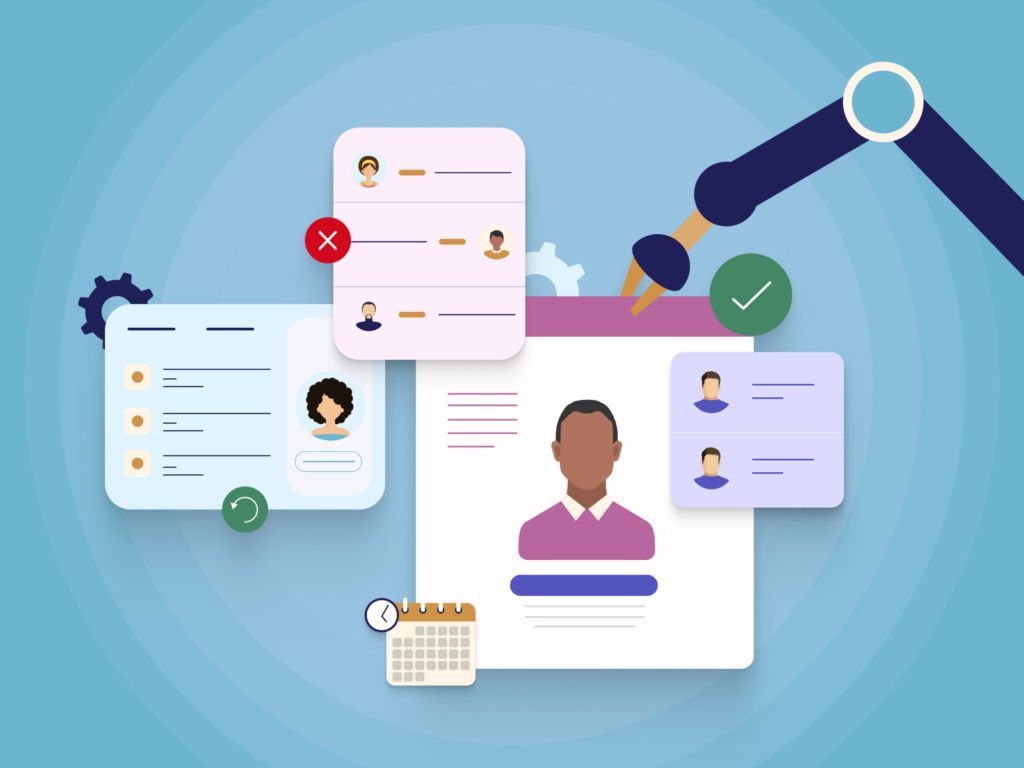
Why recruiting automation matters now
The world of recruitment is defined by speed, competition, and complexity. With the rise of remote and hybrid work cultures, organizations are no longer limited to local talent pools – they’re competing on a worldwide stage. This shift has also raised the bar for candidate expectations. In fact, 75% of job seekers now demand a seamless digital experience when applying for jobs, and companies that fail to deliver risk losing top talent to more tech-savvy competitors.
At the same time, the sheer volume of applications is reaching new heights, with LinkedIn reporting a 40% increase in job apps per posting compared to pre-pandemic levels. Yikes. For recruiters, this can translate to more data to process and less time to make the right decisions. Well, recruiting automation bridges this gap. It enables hiring teams to handle larger applicant pools without sacrificing speed or quality.
From faster hiring cycles to enhanced candidate engagement, automation is a necessity. In fact, companies that invest in automation for talent acquisition are three times more likely to improve time-to-hire and twice as likely to enhance candidate experience. It’s hard to argue with those numbers.
Businesses that adopt this tech will gain an edge. They’ll be in a better shape to attract, engage, and retain the talent they need as recruiting automation delivers real, tangible results.
How recruiting automation works: The AI advantage
So, the heart of recruiting automation lies in AI – a game-changer for the modern hiring process. AI goes far beyond simply automating tasks, learning from data, and making intelligent decisions. For example, it can analyze resumes for key skills, predict candidate success based on past hiring data, and even personalize outreach messages to engage top talent.
AI-powered tools combine efficiency with insight and can also help identify unconscious bias, ensuring a more inclusive hiring process.
Don’t miss our end-to-end AI hiring toolkit, packed with 60+ powerful features designed to transform the way you attract, source, engage, and screen talent.
What types of recruitment tasks can be automated?
Recruiting automation is a versatile solution that can adapt to your unique needs. Let’s take a look at what that might look like.
- Resume screening and management: Forget manually combing through hundreds and thousands of resumes. AI-powered algorithms can analyze resumes in seconds, matching candidates to job descriptions based on skills, experience, and qualifications. This saves time and also reduces human biases and errors in the initial screening process. Some tools even rank applicants, giving recruiters a shortlist of top talent.
- Candidate sourcing and outreach: Recruiting automation technologies streamline sourcing and engagement by identifying and connecting with both active and passive candidates. They analyze candidate data like skills, experience, etc., and match them to job openings. These solutions also automate outreach and follow-up which boosts engagement and ensures no opportunity slips through the cracks!
- Interview scheduling and assessments: Scheduling interviews often comes with endless back-and-forth emails. Automation eliminates this hassle by syncing calendars, offering time slots, and confirming appointments instantly. Plus, AI can create structured assessments tailored to the role, ensuring candidates are evaluated fairly and effectively.
- Candidate relationship management (CRM): Building relationships with talent takes time and effort and automation not only makes it possible, but scalable too. With an AI-powered CRM, recruiters can maintain multi-channel communication, track candidate interactions, and send timely updates. These tools are a gem for nurturing passive candidates and keeping your talent pipeline warm for future openings.
- Background checks and onboarding: Automation simplifies tedious yet critical tasks – think background checks and compliance verifications – that cannot be ignored. Once a candidate accepts offers, onboarding tools guide them through document submission, training schedules, and introductions to company culture, ensuring a smooth transition all around.
- Analytics and reporting: Data-driven decision-making is the future of recruitment, and automation makes it easier than ever. With the right tools, your dashboards don’t just display basic metrics – they pull data from multiple sources, giving you a complete view of your hiring performance. You’ll gain insights into everything from time-to-hire and cost-per-hire to labor market trends and competitive hiring data. This allows you to continuously track and optimize your strategies, ensuring every decision is backed by the latest, most relevant information.
Recruiting automation is powerful but it is NOT here to replace recruiters – it’s here to empower them. By automating repetitive tasks, teams can focus on what matters most: building relationships, creating exceptional candidate experiences, and driving long-term hiring success. Shazam.
What Are The Benefits of Recruiting Automation?
Recruiting automation isn’t going anywhere – it’s the future of hiring, ready to revolutionize how we work. Take a look at what every recruiter needs and why many are already loving it.
- Reduced time-to-hire: You know that moment when you spot the perfect candidate, but the process takes soooooo long, they slip through your fingers? Time to move on, now that automation now has your back. You can accelerate processes like resume screening, candidate sourcing, and interview scheduling. Tasks that once took days or weeks can now be completed in hours. This means you can secure top talent before competitors do, reducing the risk of losing qualified candidates due to delays.
- Improved candidate quality: Automated tools use smart algorithms to match candidates’ skills, experiences, and qualifications with job requirements. They analyze patterns and performance metrics to identify applicants most likely to succeed in a role. This helps bring in higher-quality candidates (and hires!), reduce turnover rates, and target long-term growth.
- Cost savings: Recruiting is expensive, but automation reduces costs by eliminating pesky inefficiencies. By minimizing time spent on repetitive tasks and improving hiring accuracy, companies save on lost productivity and “bad hire” expenses. Plus, you can reduce your reliance on expensive third-party agencies. More ROI, fewer headaches.
- Data-driven decision making: Automation provides robust analytics and reporting tools that give recruiters actionable insights. And numbers are way better when they come along with insights. From sourcing effectiveness to candidate engagement metrics, these tools help teams make evidence-based decisions, optimize hiring strategies, and measure ROI (with precision!).
- Personalized candidate interactions: Who says automation has to feel robotic? From personalized emails to tailored interview follow-ups, automation makes it easy to connect with candidates on a human level. In fact, automated systems make personalization at scale possible. And guess what? Happy candidates are more likely to say “yes” to your offer.
- Efficiency, accuracy, and scalability: It’s easy for recruiters to feel like they’re drowning in admin work. Recruiting can become loads easier with automation by your side. Automation takes the load off by eliminating errors, speeding up processes, and scaling to match your needs – whether it’s filling one role or a hundred, it fulfills demands without compromising on quality or timelines.
- Reduced hiring bias: Bias, even unintentional, can derail great hiring decisions. Tools using AI can evaluate candidates based on objective criteria like skills and qualifications, rather than subjective factors. This fosters a more inclusive hiring process, aligning with DE&I initiatives.
By letting technology handle the grind, you’re free to do what you do best: build relationships, create memorable candidate experiences, and hire like a boss.
Does Your Company Need Recruiting Automation?
Here’s a quick question for you: Is your hiring process moving as fast as your business needs it to? If the answer is “no” or even a hesitant “maybe,” it’s time to take a closer look. Recruiting automation isn’t just a nice-to-have, fancy add-on; it’s becoming the standard for companies that want to stay ahead.
Instead of drowning in resumes and juggling endless follow-ups, your team can have the tools to focus on building real connections with candidates. Automation takes care of the repetitive grind like screening, scheduling, and managing data so your recruiters can focus on their core skillset and find the right people to grow your business.
If inefficiencies are costing you time, money, or talent, recruiting automation is the solution.
How to Choose the Right Recruiting Automation Tool
Once you are ready to take a step towards automating your recruitment process, the first question is what to use. Not all solutions are built for your unique challenges, but the right tool can transform how you find, engage, and hire talent.
Whether you’re a fast-growing startup looking to scale efficiently or a large enterprise juggling high-volume hiring demands, aligning the tool with your unique challenges is critical. Learn how to cut through the noise and zero in on the solution that’s tailor-made for your organization.
Key criteria for evaluating these tools
- Scalability and flexibility: It is important for the tool to grow with your business. A startup today may need enterprise-level features tomorrow, so look for a solution that scales smoothly. Look for flexibility in features like customizable workflows or integrations.
- Ease of use: Your team shouldn’t need another degree to use the tool. A user-friendly interface and intuitive navigation can make adoption easier, reducing the learning curve and ensuring your team gets the most out of the investment.
- Integration capabilities: Does the tool fit well with your existing tech stack? From applicant tracking systems (ATS) to CRMs and HRIS platforms, seamless integration ensures your processes remain efficient – without unnecessary disruptions.
- Features: Look for advanced capabilities like AI-driven resume screening, candidate sourcing, or predictive analytics. These features save time and provide actionable insights, making your recruitment process smarter and faster.
- Support and training: A great tool is only as good as the support behind it. Check for training programs, customer support, and ample resources to ensure your team can fully utilize the platform in the best way possible.
- Pricing and ROI: Consider both the upfront costs and the potential long-term savings. Evaluate the ROI by comparing the time, resources, and hiring outcomes the tool promises to improve.
Questions you should be asking during a demo
A demo is your chance to dig beneath the surface and see if a recruiting automation tool truly delivers what it promises. Here are ten questions to help you make the most of your demo.
1. How does it integrate with our HR tech stack?
Begin with checking the tool’s compatibility with your existing HR and TA tools. Ask about integration processes and whether it supports your current systems without added headaches.
2. Does the tool offer smooth data migration?
Seamlessly importing your existing candidate data is a must. Bonus points if the provider offers free data migration services to get you started without extra costs.
3. What’s the training plan?
Ask if the tool includes training for your team and whether it’s covered in the pricing. The tool is for empowering the people using it, so make sure onboarding is smooth and detailed.
4. Is it mobile-optimized?
Today’s candidates are on the go, and your recruiting tool should be too. If it doesn’t work flawlessly on mobile, you risk losing top talent before they even apply.
5. How often is the software updated?
Tech evolves quickly. Frequent updates mean your tool keeps up with the latest innovations, identifies and removes bugs, and adds new features.
6. What’s the typical implementation timeline?
During the demo, ask for a realistic estimate of how long implementation will take for your organization’s size and industry. You’ll need this to plan well internally.
7. What level of support is offered?
Get clarity on whether you’ll have a dedicated account manager or generic support. Clear, reliable support can be a lifesaver when things don’t go as planned!
8. What’s included in the price?
Be very clear on what’s standard and what’s an add-on. Also, check if the tool is flexible enough to adapt to your specific recruitment needs.
9. Are reporting and analytics built-in?
Make sure the tool offers robust reporting features to save time and gain actionable insights. Look for customizable dashboards and automated reports that give you a clear view of your recruitment performance and ROI.
10. How secure is the platform?
Data security is non-negotiable. From personal candidate data to sensitive organizational information, ensure the tool is built to safeguard it all.
Go into your demo armed with these questions, and you’ll come out with answers that truly matter.
Best Practices While Implementing Recruiting Automations
Bringing recruiting automation tools into your hiring process is absolutely a great decision, but like any other big move, it works best with a solid plan. The right tool can save you time and effort, but how you implement it can make or break your experience. Following best practices ensures a smoother transition, stronger adoption, and maximum ROI.
Let’s look at some actionable steps to get it right from the start.
- Define clear goals
Before diving in, pinpoint what you want to achieve. Are you aiming to reduce time-to-hire, improve candidate quality, or enhance your talent pipeline? Clear goals ensure automation aligns with your recruiting strategy and delivers measurable results.
- Involve key stakeholders early
Recruitment impacts multiple departments, from HR to hiring managers. Bring these stakeholders into the conversation early to address their needs and concerns. This collaboration ensures a smoother transition and better adoption across the organization.
- Consider your business size
Companies’ needs will differ depending on size and industry. For startups, simplicity and scalability may be key, while larger enterprises may prioritize integration capabilities and advanced analytics. Select a tool that fits your unique requirements – not necessarily the most fancy and popular one in the market!
- Invest in training
Automation tools are only as effective as the people using them. So, invest in comprehensive training to empower your people to leverage the tool’s full potential. If the software provider offers ongoing support or a training library, take full advantage of it.
- Start small and scale gradually
Begin with one or two areas, such as resume screening or interview scheduling. Once you’ve become more comfortable with the automation environment, expand to other functions. This kind of a phased approach will help minimize disruptions and allow your team to adapt organically.
- Stay flexible
Recruiting trends evolve quickly, and your automation strategy should too. Regularly revisit your processes to incorporate feedback, address inefficiencies, and adopt new features.
- Focus on long-term ROI
Automation isn’t just a quick fix – it’s an investment in long-term efficiency and growth. Keep an eye on how it impacts your overall hiring strategy and refine as needed to ensure sustained success.
The Future of Recruiting Automation
The future of recruiting automation is poised to revolutionize the hiring landscape, making processes not only faster but also more intelligent and personalized. With advancements in AI and machine learning, tools are evolving to predict candidate success, minimize biases, and offer tailored experiences at scale. Notably, 86% of recruiters have reported that AI-driven tools enhance efficiency and can reduce time-to-hire by up to 70%. Moreover, the market for AI recruitment technology is projected to grow from $661.5 million in early 2024 to $1.1 billion by 2030.
As these tools grow smarter, they’ll help businesses understand workforce demands and engage top talent faster. Getting on board now means staying ahead in the race for talent.
Conclusion
Recruiting isn’t getting easier, but the tools…? They’re getting smarter – and they’re here to make your life a whole lot simpler. With recruiting automation, you’re not just reacting to hiring challenges; you’re redefining your processes for long-term success. From cutting down time-to-hire to finding great-fit talent and creating genuine candidate connections, automation takes the tedious part out of the process and replaces it with precision.
And the best thing? AI is not here to take your job; it’s here to enhance your expertise and give you more time to focus on the human side of hiring.
So, what’s stopping you? The future of recruitment is knocking – swing that door wide open and step into what’s next.
Frequently Asked Questions (FAQs)
What are the benefits of automating recruitment processes?
Automating recruitment processes brings speed, efficiency, and precision to hiring. It improves candidate quality by using AI to match talent with job requirements more effectively. It also enhances personalization, ensuring candidates feel valued through tailored communication. Most importantly, it frees recruiters to focus on strategy and building relationships, rather than getting bogged down in administrative tasks.
What is the difference between ATS and recruitment systems?
An applicant tracking system (ATS) primarily focuses on managing applications – storing resumes, tracking candidate progress, and ensuring compliance. Recruitment systems, on the other hand, are broader and more dynamic. They often include ATS capabilities but also have sourcing tools, candidate relationship management (CRM), analytics, and automation features.
Will recruiting be taken over by AI?
AI is transforming recruiting, but it won’t fully replace human recruiters. Instead, it’s becoming a powerful collaborator, handling repetitive tasks like resume parsing, scheduling, and sourcing so recruiters can focus on building connections. Yes, AI can offer data-driven insights and improve hiring efficiency, but it lacks the empathy and nuanced understanding of human dynamics that are essential for cultural fit and candidate engagement.
Does recruiting automation improve the candidate experience?
Absolutely. By personalizing communication, automating timely updates, and speeding up the hiring process, recruiting automation creates a seamless experience. Candidates feel valued with faster responses and a smoother journey, which positively impacts your employer brand.
What’s the ROI of recruiting automation?
Recruiting automation delivers measurable ROI by reducing time-to-hire, improving hiring outcomes, and cutting down manual errors. With improved efficiency and higher-quality hires, it ensures both short-term cost savings and long-term business success.
Also read:
